
transparent
Je vous emmène à travers mes vidéos découvrir mon expérience acquise depuis plus de 30 ans a silloner le globe entier à la recherche de pierres précieuses, de rencontre mémorables mais aussi de difficulté parfois …
actualités
Categories

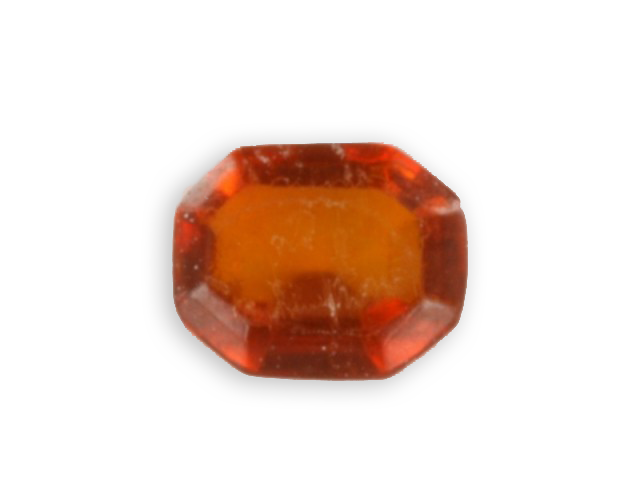
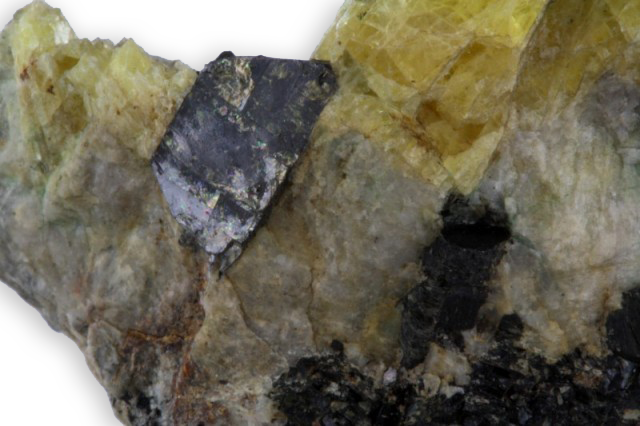
meliphanite
ck_admin
March 24, 2021
Discovered in 1852, its name comes from the Greek, “which resembles to honey” in connection with its honey-yellow color.
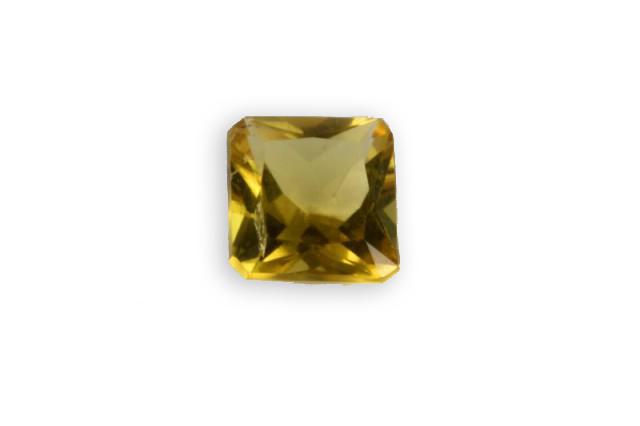
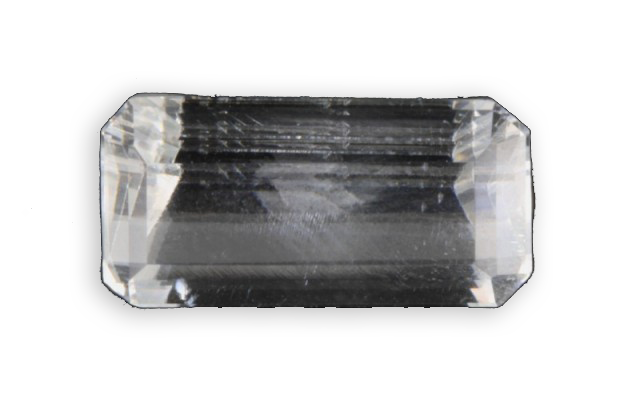
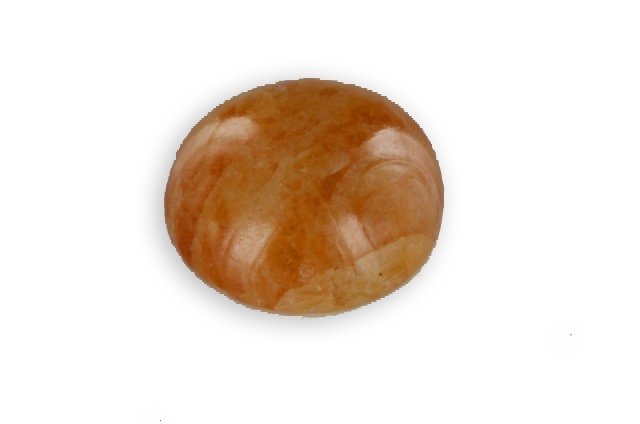
lithiophilite
ck_admin
March 24, 2021
Its name comes from its composition of lithium and the Greek “philos” friend.



